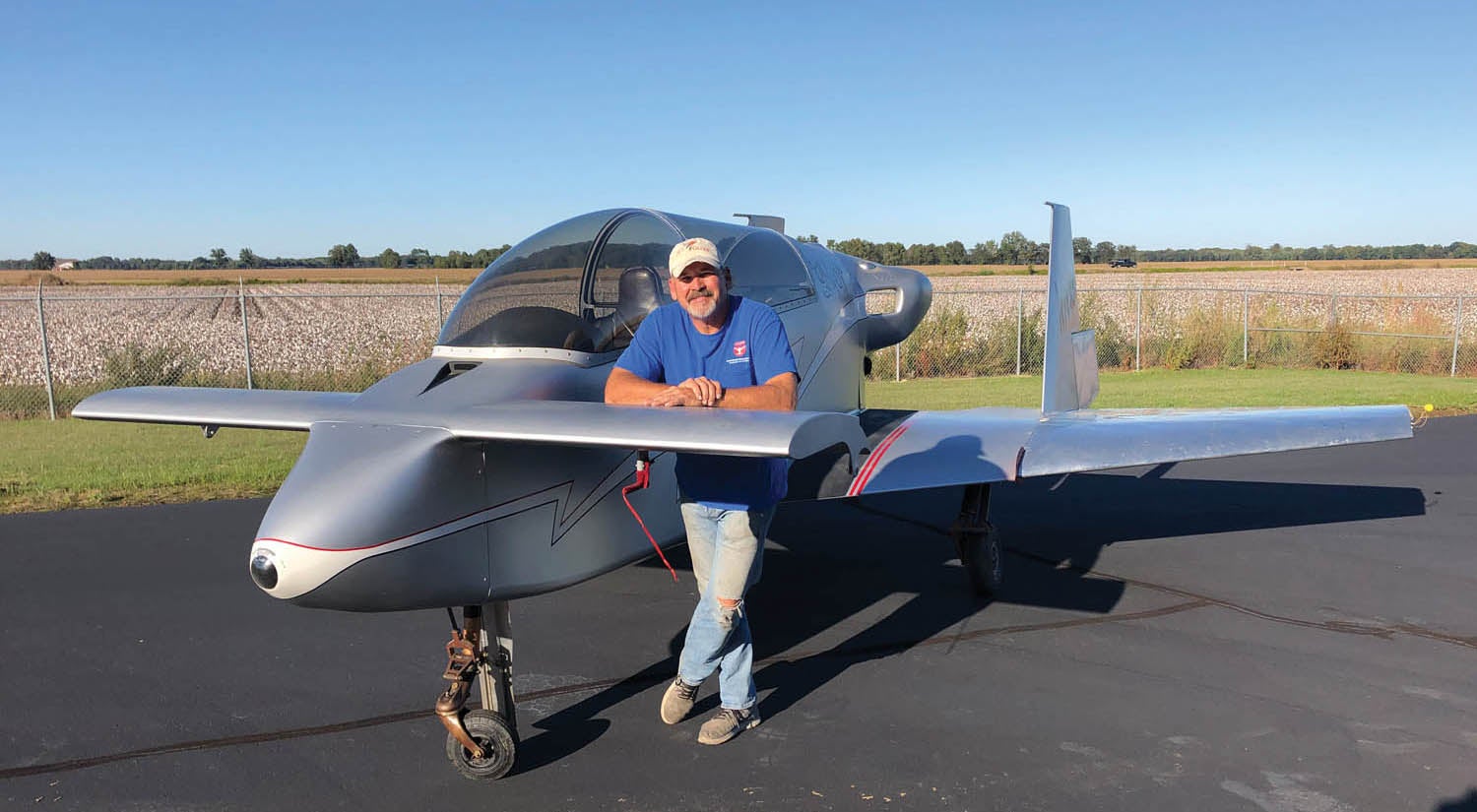
The Rutan Aircraft Flying Experience, a nonprofit organization based in Covington, Tennessee, is dedicated to preserving, flying and training pilots in Burt Rutan’s canard designs. Ryszard Zadow, the founder and prime mover behind RAFE, had a dream—he wanted to acquire a flying example of each Burt Rutan homebuilt design and fly them at places like the Experimental Aircraft Association’s annual AirVenture airshow.
In theory it seemed possible. EAA asked RAFE to help assemble Rutan designs for the 2019 show. Nobody was going to get their hands on Spaceship One or Voyager—now safely hanging from the ceiling in the National Air and Space Museum—but gathering all the others…well, it could happen and it almost did. RAFE put up a four-ship formation consisting of a VariEze, a Long-EZ, the sole Catbird and a VariViggen.
The Solitaire, Quickie and Defiant attended and the Boomerang would have been there too, except for some mechanical glitches. Missing was the Skigull but it was a future possibility. But then the owner of the formation-leading VariViggen decided to donate his airplane to the Pima Air Museum as a static display, so 2019 would be its last appearance. As far as Ryszard could determine, it was the only flying example in the world. Without a VariViggen, there’d be an important hole in the lineup.
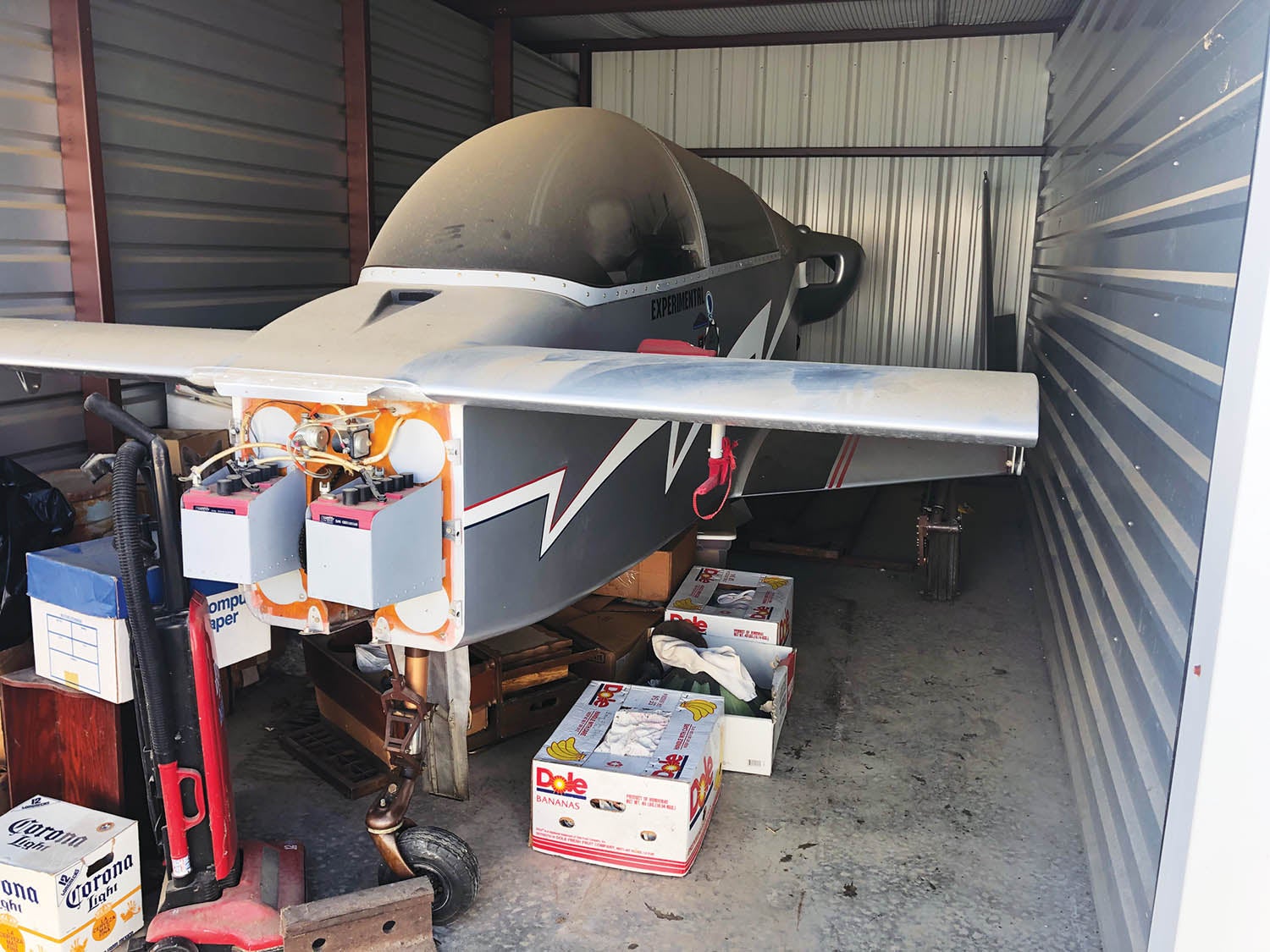
A Fresh Opportunity
One door closes, another opens. During the 2019 show, Scott James and David Eichenberger approached Ryszard. They had an essentially new but disassembled VariViggen. They were never going to fly it. Was he interested? Well…yeah! A couple months later Ryszard and RAFE right-hand man Robert Harris met the pair at a storage unit just outside Little Rock, Arkansas.
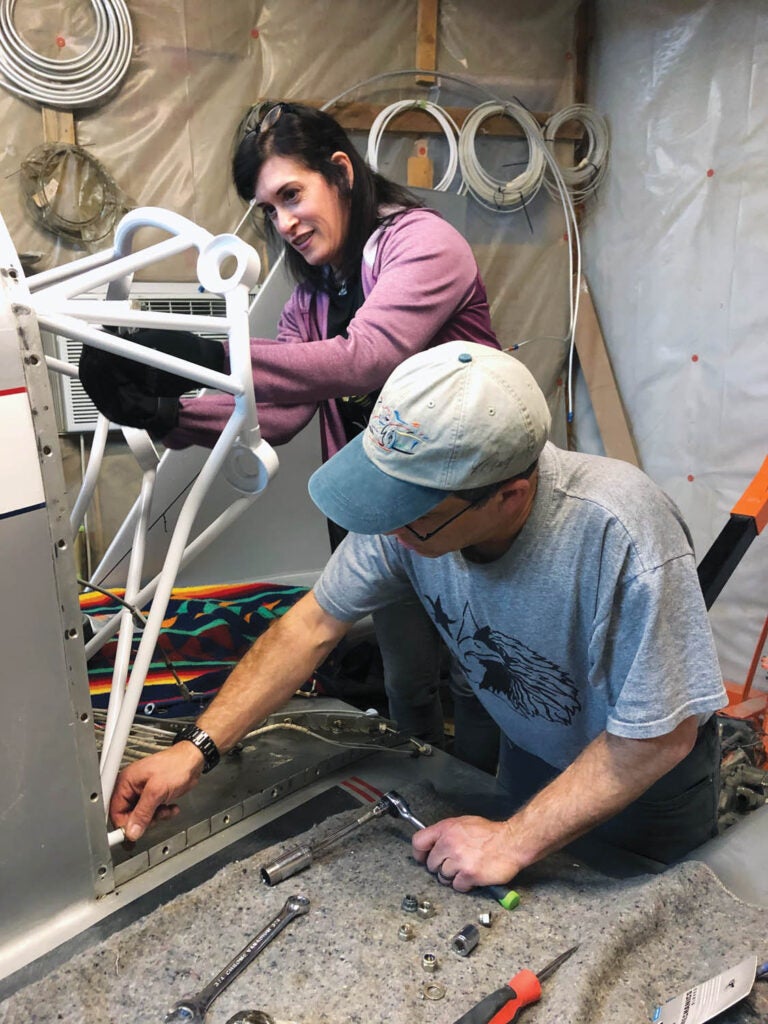
“It was straight out of a Storage Wars episode,” Ryszard recalls. “Scott lifted the door and there was a VariViggen. It was covered in dust, there was no engine, and all the round instruments had been pulled out of the panel, but the airframe was absolutely complete. To our surprise, this Viggen had metal wings. Burt’s original was built this way, but neither Robert nor I had seen another example.”
A quick measurement showed that the Viggen’s retractable landing gear was too wide to fit on the trailer they’d brought. Unbolting and reversing the axles corrected that, and within hours the barn-find Viggen, with original name Lady Vi still visible on the fuselage, was on the road to Covington. Going through the boxes that came with the airplane, they found an excellent photo log detailing the construction, but there was nothing that actually identified the builder. The airplane had never been issued an airworthiness certificate, there was no data plate and the N-number had been de-registered. It was apparent that Lady Vi was very well built by somebody who understood airplanes but they could find no hint of who that might be.
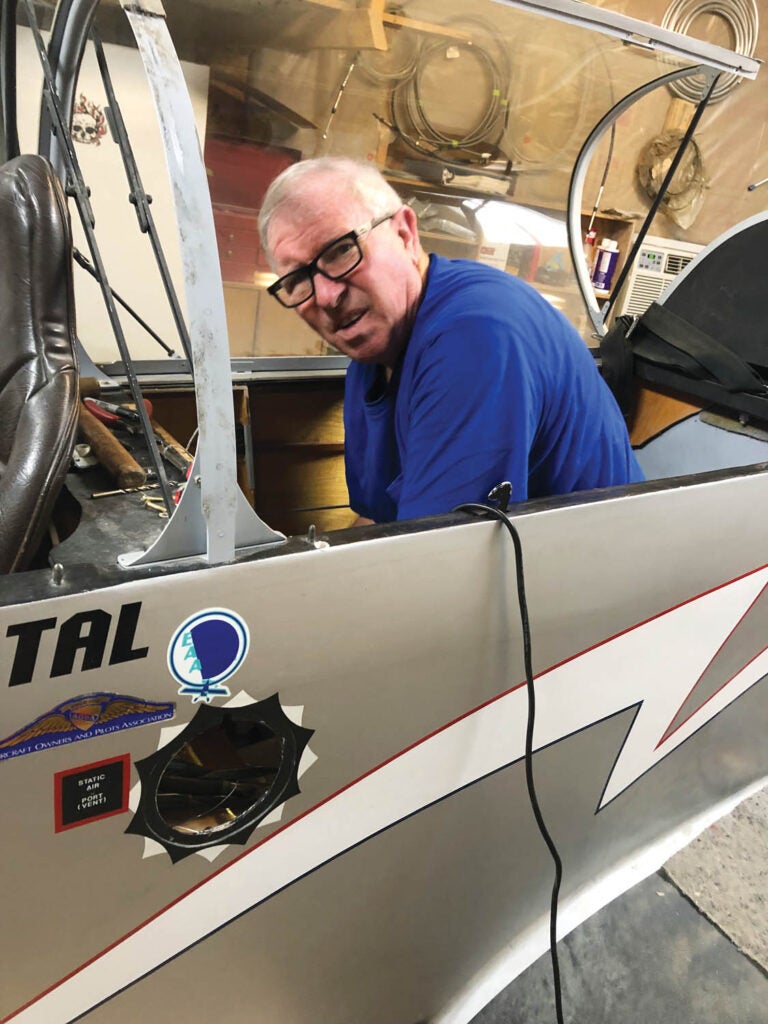
“Finally, deep in those boxes of papers,” Ryszard remembers, “I found an ad putting the 1998 Viggen, complete but never flown, up for sale. The owner was Harry Patterson of Prescott, Arizona. We found one picture in the log showing a crate containing the engine mount addressed to H.G. Patterson, so now we knew he was the builder. But we couldn’t find him. We finally found his son Rob and learned that Harry joined the Royal Canadian Air Force in WW-II. He trained as a pilot, but ended up as a turret gunner on a B-24. Later, he was instrumental in founding the Planes of Fame Air Museum in California. Sadly, he died in 2020, before we tracked him down. His wife was Vivian, so that’s where the name Lady Vi came from.”
RAFE operates on a limited budget and volunteer labor, so while they had every intention of completing and flying Lady Vi, it took some time to do it. Early in 2022, with the 50th anniversary of the VariViggen’s first appearance at Oshkosh approaching, RAFE decided they needed to get busy and get it there.
Of course, one of the big-ticket items was an engine. The original VariViggen flew with an O-320, but affordable O-320s are hard to find, so when RAFE was approached with an unusual donation, they listened. An RV builder in Alabama had ended up with an IO-360—a Continental IO-360. It was unsuitable for his airplane but he was willing to donate it to RAFE.
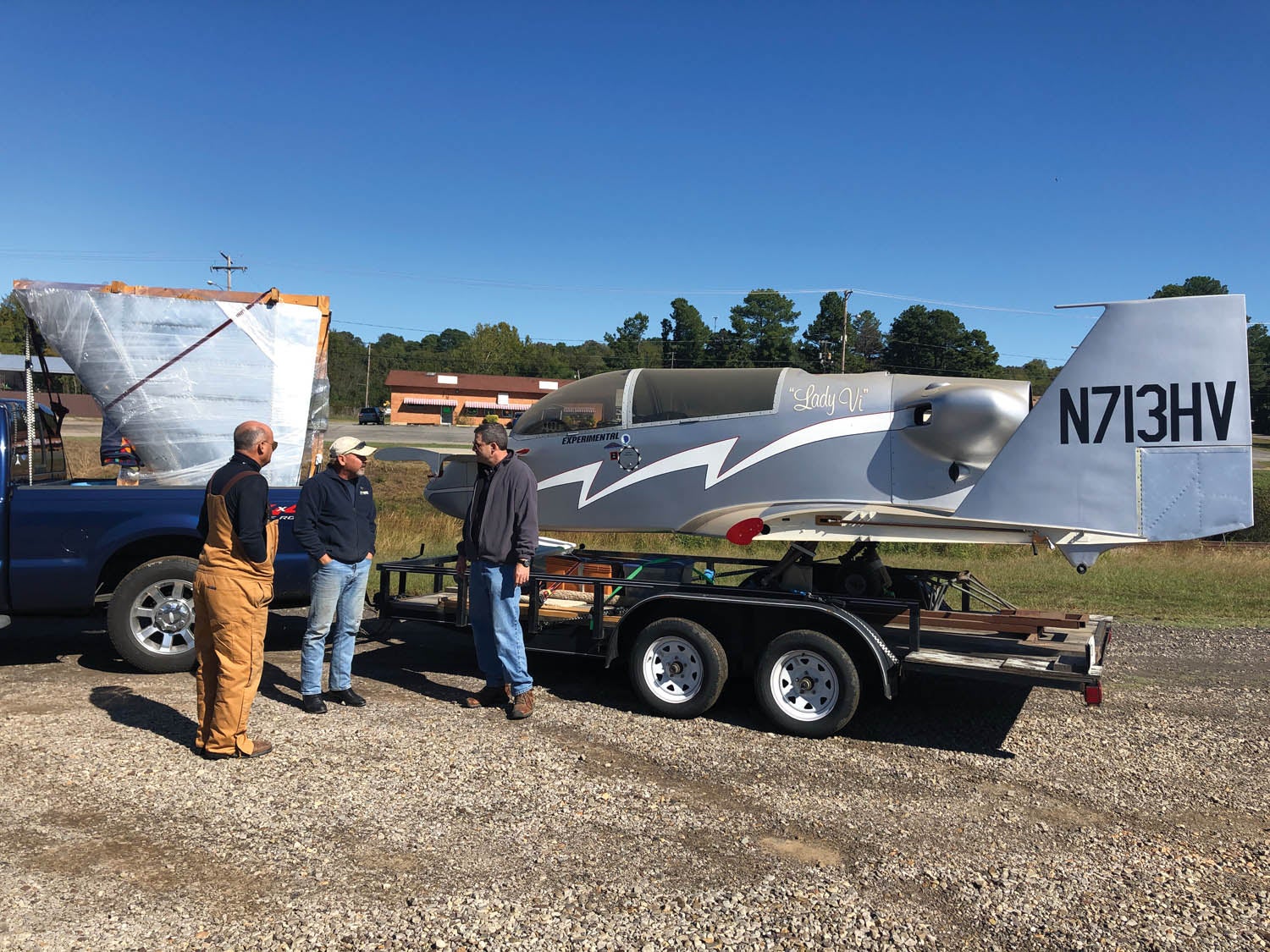
“I accepted the donation,” Ryszard says, “but when we weighed it, we found that it was far too heavy for the Viggen. We normally don’t sell donations, but this time we had to make an exception—but we made sure that the money we got for the engine was used exclusively on the Lady Vi project. The eventual engine was another donation. AeroCanard owner Alan Blythe was replacing his angle-valve Lycoming IO-360 with a six-cylinder engine. His airplane was in the same shop as the Viggen at the time, so the swap was as simple as taking the engine off one airplane and bolting it onto the other.”
Except It Wasn’t
The Viggen’s engine mount was intended for the parallel-valve O-320 that had been used for taxi tests. Using an angle-valve engine required either replacing the mount or modifying the engine. Replacing the engine mount on a Viggen is very difficult and the engine was sitting on a stand, so Ryszard decided to attack the engine. He replaced the horizontal induction sump with a vertical induction sump that he’d modified with a cold-air induction system of his own design. The modification involved saws, cutting wheels, milling machines, welding…and an outdoor gas grill! It worked, though, and the engine finally bolted to the mount. A custom carbon fiber plenum and induction tubes completed the intake system. B & C Specialties donated a starter, alternator and regulator. The existing cowling needed extensive alteration to fit the big motor, but fiberglass work is easy meat for someone with a shop full of composite airplanes, so the necessary scoops and bulges were soon in place.
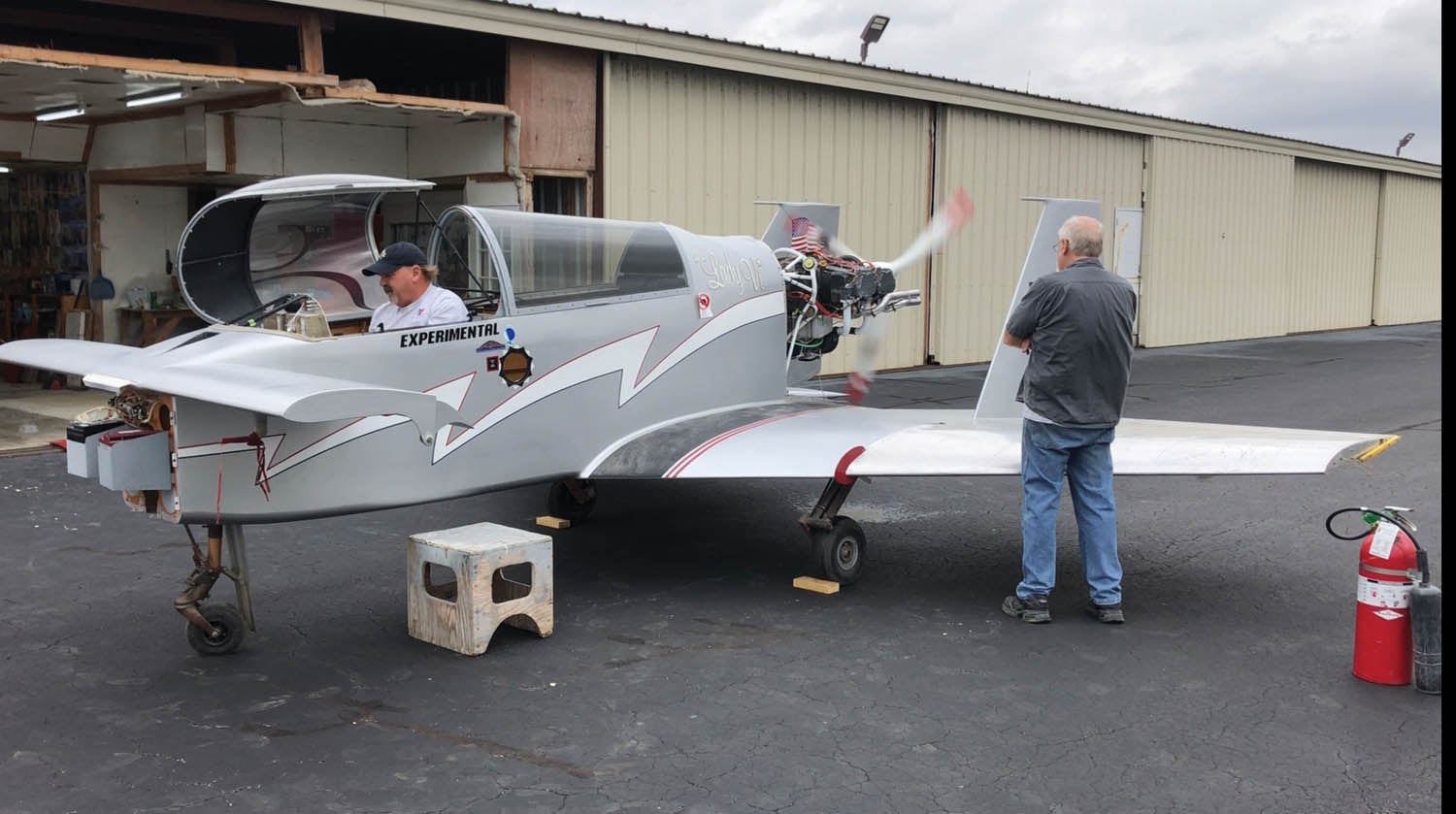
The original plan was to refill the round holes in the instrument panel—round instruments were plentiful as airplane owners upgraded to glass panels. Eventually, though, Ryszard decided that there was a reason everyone was moving to glass. RAFE supporter Rick Hall facilitated the donation of a complete GRT EFIS system from a repaneled Lancair, Bob Stevens built a new panel and now Lady Vi now sports a three-screen panel, with modern avionics, all donated, wired and installed by volunteers.
Viggens always had a reputation for an interesting landing gear and retraction system. Lady Vi had an arrangement of torque tubes and worm gear drives powered by an early ’60s Ford window motor. Even on jacks, the main gear took forever to retract. (The nose gear is an independent system.) A test determined that the wiring was only allowing about 8 volts to get to the motor. When rewired to provide a full 12 volts, retraction was much quicker.
Using an electronic level to rig the ailerons, with their rather complex reflex system, proved difficult, chasing tenths of a degree back and forth. “Finally I spotted a note in one of Burt’s old newsletters, saying that the tolerance here was plus or minus 3°!” says Ryszard. “We were trying to get the airplane to Oshkosh, it was already June and we’d wasted a couple of days on something that didn’t matter as much as we thought.”
After rebuilding the brake cylinders and replacing the old fluid with modern less-flammable material, it was time to taxi. With dual Plasma III ignitions donated by Light Speed Engineering, the engine lit off on the first try and taxiing proved completely normal. At last, the airplane Harry Patterson built, with some help from volunteers he never had a chance to meet—and registered with his original N-number—received its airworthiness certificate. The certificate is unusual: It’s in the name of the Rutan Aircraft Flying Experience rather than to an individual.
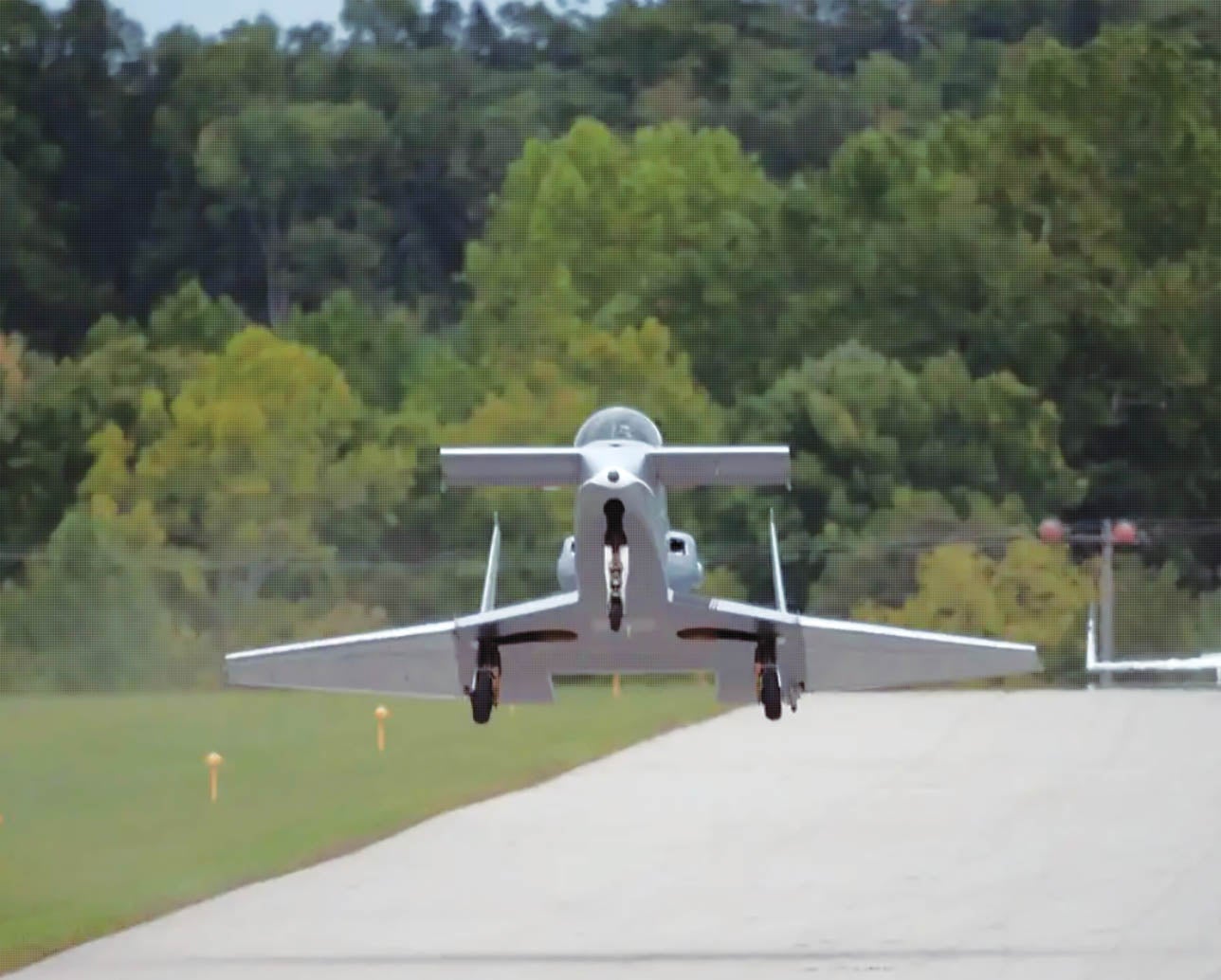
First Flight
Ryszard has flown a lot of airplanes, ranging from airliners to F-14s, including many hours in VariEzes and Long-EZs. He made the Viggen’s first flight on June 24th. “I was really excited and scared to death at the same time,” he says. “The Viggen was a bucket list airplane for me, but I’d never flown one before. The night before I flew it I got a phone call from Burt Rutan. He spent quite a bit of time describing the flight characteristics and how the Viggen was different than the EZs.”
With barely a month to complete the 40-hour test period before heading for Wisconsin, Ryszard flew it almost daily, accumulating Viggen knowledge as he went. For the first few hours, the main gear retraction system worked acceptably. With air loads it was very slow, but it did the job. Problems began to surface, though, and rather than try to troubleshoot and solve them in the face of a rapidly approaching deadline, RAFE made the decision to do the remainder of the test flying with the main gear down and locked, and take the airplane to AirVenture that way.
So how does a VariViggen fly? Ryszard describes it as a VariEze in slow motion. It’s fairly responsive in pitch, slower in roll and sluggish in yaw. Probably the biggest difference is the pitch attitude/power relationship. The high thrust line causes fairly dramatic changes in pitch with power changes. The nose goes down when power is applied and up when power is reduced. Ryszard had done some flight testing of an Osprey amphibian, which has a pylon-mounted engine that gives the same effect, so he knew what Burt was talking about when they spent a good portion of their call on this subject. In the air he found that with power back to idle, full-forward stick would not check the tendency of the nose to rise until a touch of power was added. Combined with the tendency to roll when power is added (exacerbated by the big engine) and “I’m on the rudder pedals a lot,” he says.
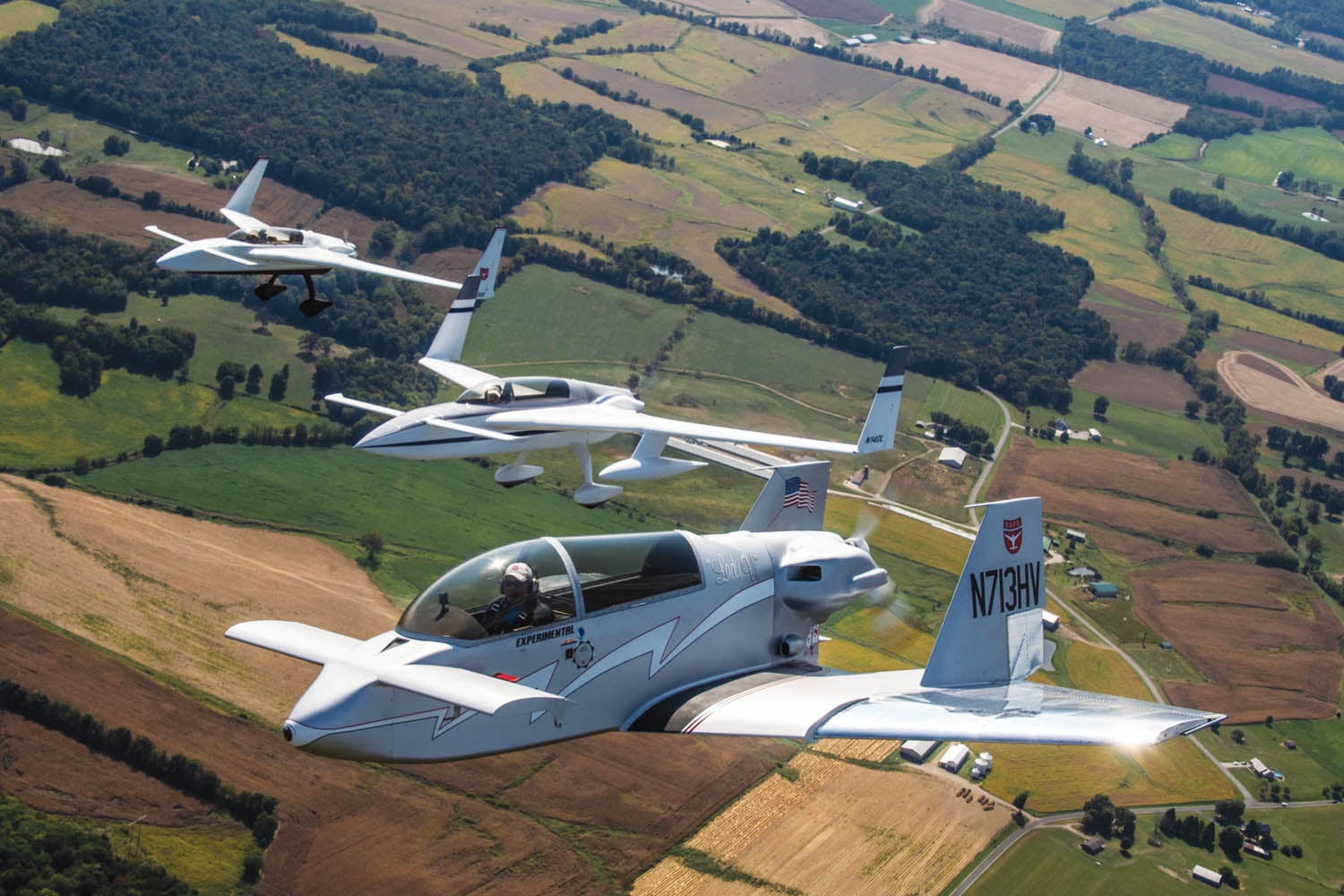
The Friday before AirVenture, hour 40 rolled up on the meter and on Saturday Ryszard launched for the 500-mile trip to Oshkosh. With the main gear down and no nose gear door installed, the VariViggen could manage about 100 knots. Other than sighing and finger-drumming in the chase Long-EZ, the flight was uneventful. At least until the prop stopped.
Ryszard describes what happened next: “The minute I brought Lady Vi to a stop, I was surrounded by people asking questions. I spent every day standing next to the Viggen talking to people. A few days into the week, I found myself surrounded by a group of twenty-something people asking really intelligent questions. I finally noticed they were all wearing Scaled Composites employee shirts. They were extremely interested in the Viggen and RAFE. One of them made a statement that really struck my heart. A young lady engineer said: ‘We love the legacy of Burt Rutan and Scaled. We heard about the VariViggen and just had to see it!’ I was thrilled!”
By the time the show ended, Ryszard was sunburned and his voice was almost gone. But he was thrilled. He’d flown into the world’s biggest aviation event in an airplane that was both futuristic and a piece of history. It was a tribute to a craftsman and WW-II vet. It highlighted a talented designer, and it was an inspiration to young people.
Pretty cool for an odd little airplane he found in a storage unit.






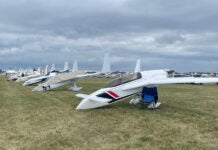

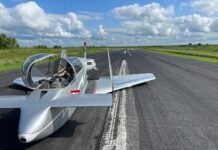





People keep saying the VariViggen was inspired by the Saab Viggen. Sorry, but the Kyushu J7W1 Shinden is MUCH closer in lay-out: has the straight unswept canard, the DOUBLE vertical fin and it uses a pusher prop! Only similarities with the Viggen are that its a canard and the main wing is delta. Thats it!
I firmly believe Rutan only said it was Viggen inspired because he believed people would be less excited about a kit plane based on a prototype WW2 Japanese fighter
I really enjoyed your Lady Vi article!